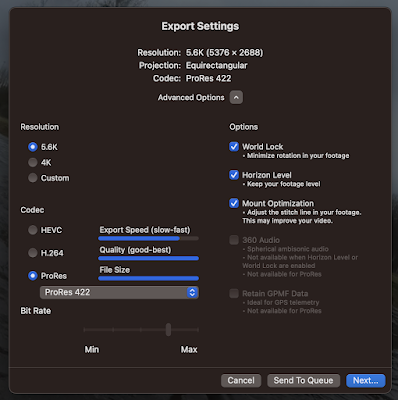- Pretty Good Privacy, an open standard software design and architecture for encryption using the public key / private key model. (link)
- GnuPG aka Gnu Privacy Guard, a Free Software / Open Source implementation of the PGP standard. (link)
The key to it all is key exchange. You may exchange keys in a number of ways:
- By sending it via e-mail to a 'correspondence partner'.
- By publishing the key on a website for everyone to access.
- By uploading a key to a keyserver.
Q: Someone has sent me an email and it has an attachment 'signature.asc' so that is that all about?
A: A dot '.asc' file simply indicates that the file contains plain (ASCII) text. An ASC file
- A so-called 'inline armour' signature file '*.asc' is a static file containing a public key.
- A PGP/MIME signature file is a bit like a checksum, it is the result of a unique calculation based on the message content and the sender's PGP key. In this case the '.asc' file contains the output of a function that uses the original document content, the sender's private key, the time etc. This works by virtue of the fact that any particular digital file has a numeric/binary representation, basically a very long number, and can therefore have math performed on it.
A: A fingerprint links to a downloadable version of a public key, a file such as 'somefilename.asc' containing more random letters and numbers e.g. file contents looking somewhat like the following
----BEGIN PGP PUBLIC KEY BLOCK-----
fall34saLKU877lkdkmQENBE8e3CIBCACeeMFj0mrmp66lKg4u1yBCxZLKd6gbjOjAW6JoCmIBemOnH3yR6f4XQwpO3wcvuK1NAyV6XvjN7kg/eRwjzjKr3Ro9k+l7kk2EuTSAwEX2rudWEXdr5OCFob6ag4osic8+jajM/VAFYw3S1tPW+Jmf8FddcpXyy9yeKsDYDYbFKUPOvNwoH2qHPY4wTVi2QcsDuaHjRCqi
-----END PGP PUBLIC KEY BLOCK-----
Q: Can you suggest basic exercises to follow to learn how to use PGP signing and encryption?
A: Try attaining the following goals in order of increasing difficulty...
- Install PGP / GPG or use webmail extension/add-on like Mailvelope (works for Chrome or Firefox only), you should then be able to verify other people's signatures and collect their public keys.
- Generate your own key files, and store them locally initially.
- Sign an email (doesn't encrypt the content) and send it to me (like I did above) so I can verify the signature.
- I think signing is also a way of sharing your public key via email. After which I should be able to encrypt something intended for you.
- Practice encrypting/decrypting
- Publish your public key on a key server to make accessing your public key easier.

